
While diamonds often dominate the world of luxury items and are usually the first gemstones that come to mind, there are stones that are ten times rarer. Beyond the other 2,700 mineral species on Earth, these gems stand out for their extreme rarity. Here are ten of the most exclusive and rarest stones worldwide.
Taaffeite

One day in 1946, Count Richard Taaffe sent an alleged spinel gemstone to the Natural History Museum and the Laboratory of the London Chamber of Commerce for testing. On analysis, the doubly refractive light mauve stone was duly named after him. Today, one of largest known pieces is the 86-gram stone in the famed Larson Burma mineral collection.
Tanzanite
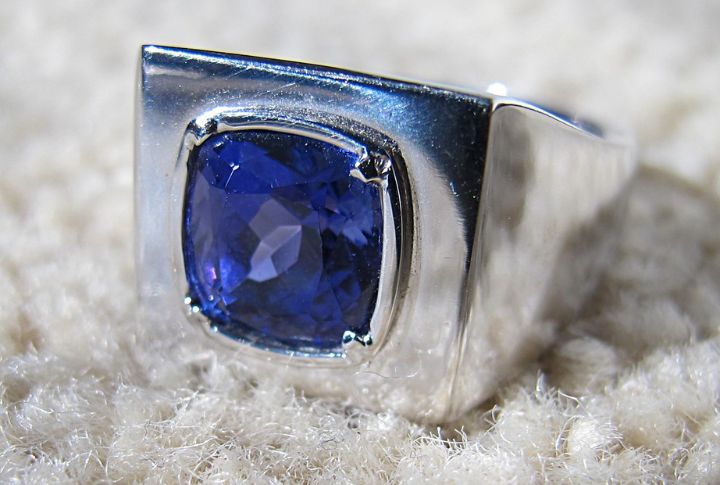
You know a gemstone is high-value when a country like Tanzania goes all out to acquire it, including paying $3.34 million to the Masai miner who first discovered the stone. This Tanzanite stone has excellent trichroism, meaning it displays up to three colors (blue, violet, and burgundy) from different angles. It’s rarer today because the country took control of the only mining sites.
Poudretteite
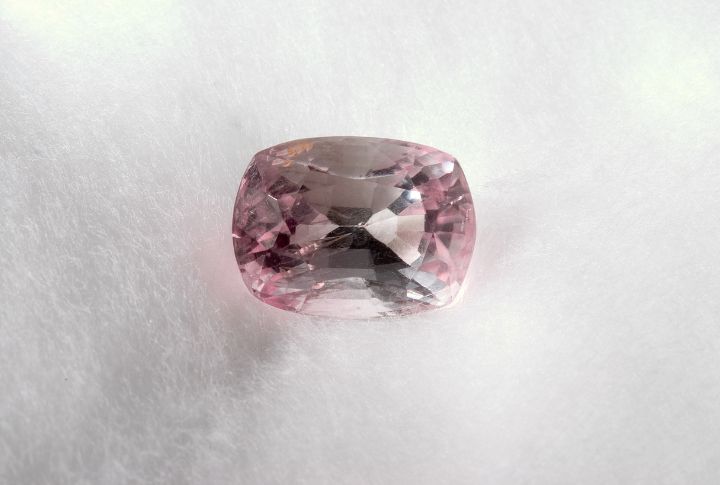
This stone was officially recognized in the 1980s when the Poudretteite family discovered the first few specimens in a quarry around Mont St. Hilaire. However, since Gübelin Gem Lab documented the first gem-quality specimen in 2000, only a handful of these soft crystals exist worldwide.
Serendibite
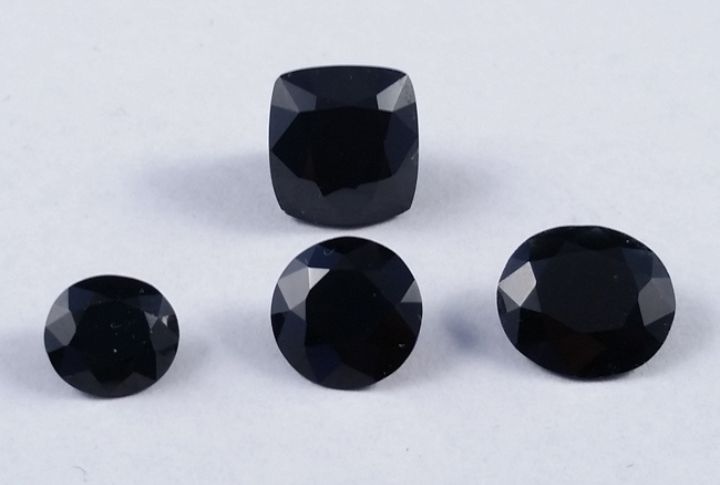
Historians maintain that the stone first popped up in Ceylon or Serendib (present-day Sri Lanka), thus influencing its naming. This rare stone is usually translucent to opaque with striking green-black or blue-green hues depending on specimen quality and its clarity. As of March 2020, Medici Collection, LLC (USA) owned the largest cut serendibite, which weighed a record 140.76 carats.
Red Beryl

When gem collectors call a stone the “Scarlet Jewel of Utah,” it’s truly an exceptional piece. For context, it is 8,000 times rarer than rubies because only 5% of stones found yearly are jewel quality. The Red Beryl, found in the Wah Wah Mountains of Utah, is in the same family as emeralds and aquamarines.
Black Opal
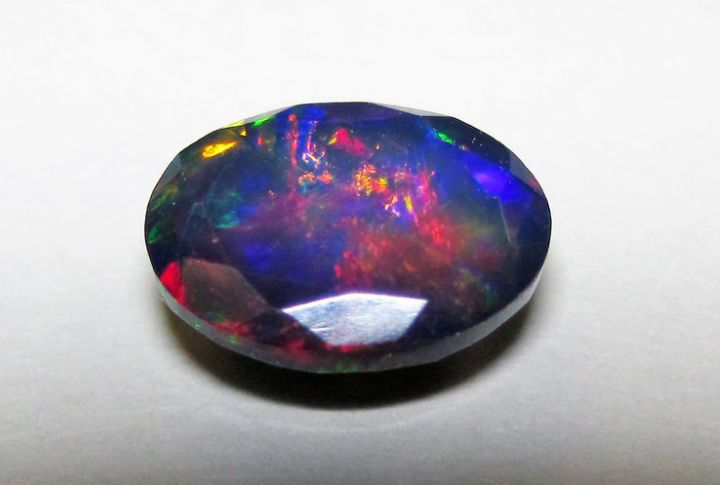
Generally, opals come in creamy-white, grey, or green shades, with various colors diffused inside them due to light diffraction. However, black variants are the rarest as their unique single body tone seldom occurs. According to research studies, an average Black Opal is 1,000 times rarer than an average one-carat diamond.
Alexandrite
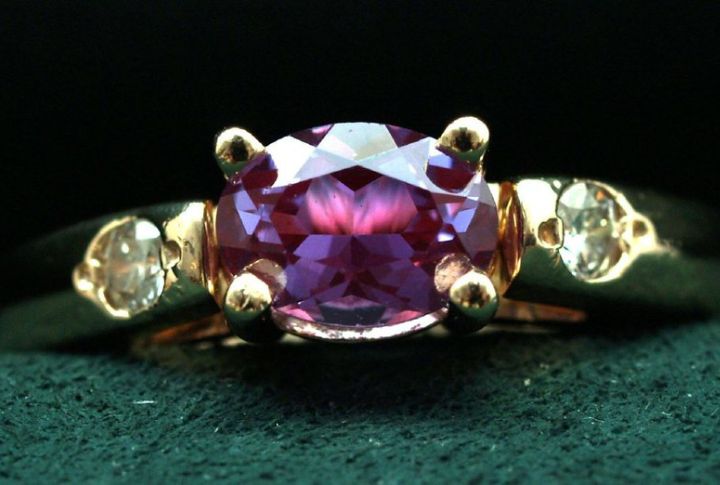
As one of nature’s few color-changing gemstones, this change-variety chrysoberyl is one of the rarest worldwide. Unlike opals whose darker colors represent higher values, the value of an Alexandrite depends on how much color changes are apparent. While vivid grass green appears in daylight or fluorescent light, you’d see an intense raspberry red under incandescent lighting.
Painite

Many geological experts regard painite as the world’s rarest gemstone because it’s only found in Myanmar and Magok. Named after gemologist Arthur Charles Davy Pain, there are less than 25 gemstones and a few thousand fragmented pieces worldwide. Depending on the source lighting, painite can appear as pink, brown, or green.
Benitoite
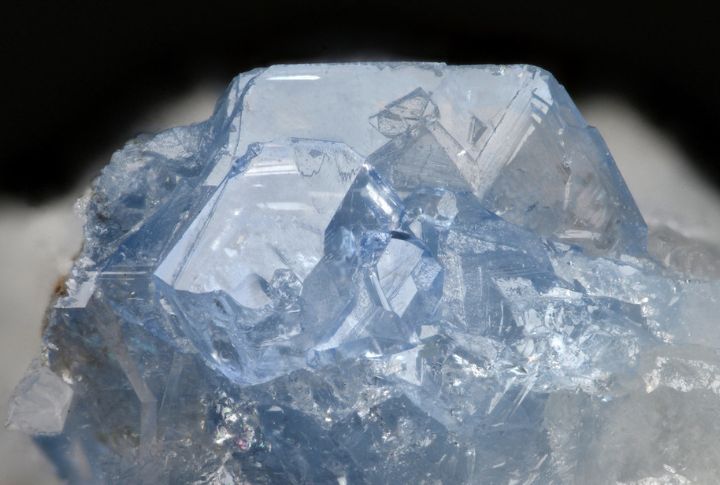
On October 1st, 1985, the California legislature designated Benitoite as the state’s official gemstone. Since the “blue diamond” can be found only in San Benito County, California, this makes it a fitting pick. In addition to its geographic rarity, oy a small percentage of these sapphire-blue stones are big enough for faceting.
Grandidierite
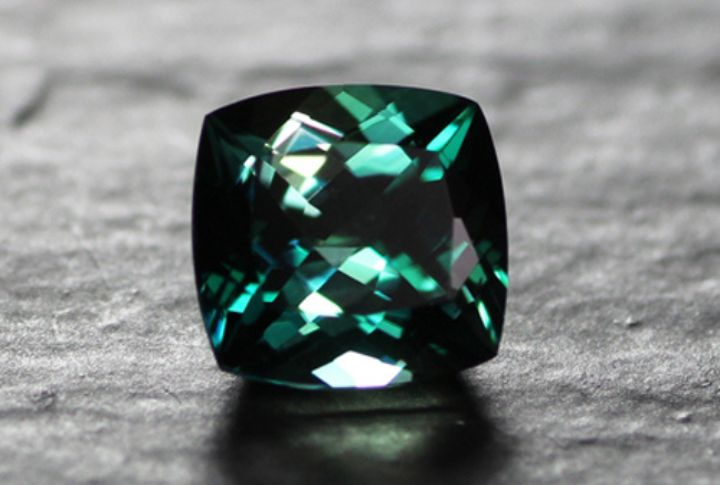
Grandidierite is an exceedingly rare gem, with a hefty price tag of around $20,000 per carat. Its steep price point stems from its unique qualities, such as its 7.5 hardness, which makes it hard enough to feature as a center stone in any jewelry. Besides its durability, grandidierite has intensely saturated neon-like hues which are captivating.
